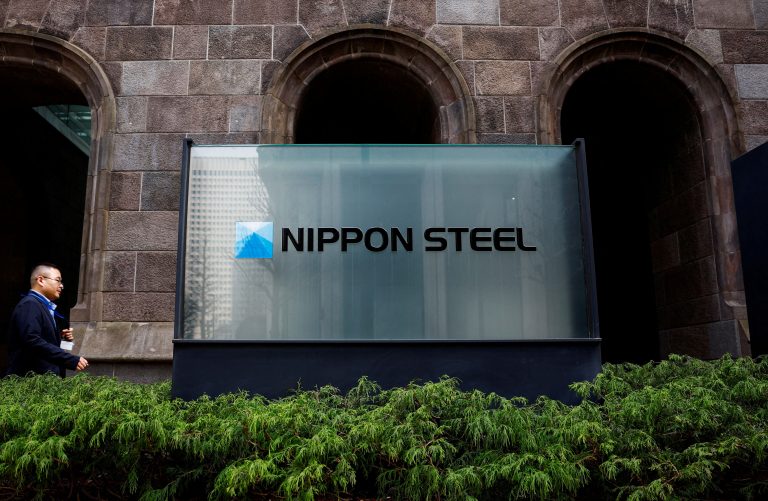In late April, Texas’ grid operator said that it foresees an increase to electricity demand “by up to six gigawatts by mid-2023”, as Bitcoin farming expands in the Lone Star state.
Reportedly, the amount of power needed would be “more than enough” to keep every house in Houston up and running.
A shattered grid
According to the Electric Reliability Council of Texas (Ercot), it’s estimated that crypto miners will require five to six gigawatts of additional electricity over the next 12 to 15 months, almost enough to power 1.2 million homes, Bloomberg reported.
Moreover, according to Brad Jones, Ercot’s interim chief executive officer, demand of about 17 gigawatts worth of electricity for crypto miners is planned to be linked to the energy grid.
“That’s about the equivalent of load of two-and-a-half New York Cities,” Jones said in a telephone interview.
Success
You are now signed up for our newsletter
Success
Check your email to complete sign up
Theoretically, if all 17 gigawatts of electricity were to be used simultaneously under the current system, that would accelerate the peak demand on the electricity grid “by more than 20% for next year.”
Such power usage has drawn considerable criticism sullying Bitcoin mining’s reputation. Cisco DeVries, CEO of residential energy use manager OhmConnect Inc., warned that crypto mining would “add demand” to the already damaged grid.
In 2021, Texas fell victim to a snowstorm that severely compromised the electricity grid, causing blackouts that claimed the lives of 246 people.
READ MORE:
- As TD Bank Prepares to Hand Frozen Donations to Ontario Court, Freedom Convoy Raises Over $1 Million in Crypto
- A Central Bank Digital Currency Is Coming to America
Despite warnings and criticism, Ercot is willing to cooperate with miners to ready the grid to accommodate around 25 gigawatts of crypto demand for the next ten years, Jones added.
Miners, along with Texas politicians, are also confident that crypto mining will help strengthen the grid due to Ercot’s scaling program.
Why is Bitcoin growing in Texas?
The growth of Bitcoin in Texas appeared to reach a new milestone when Gov. Greg Abbott invited several cryptocurrency deal makers in Austin to meet with him last fall.
At the time, they discussed a plan to grant miners access to the power grid, a ploy to prompt the construction of more power plants to fuel the crypto miners following the 2021 blackouts.
Since then, advocates for cryptocurrency have supported the idea saying expanding Bitcoin mining operations could help “regulate energy demand across the grid,” TechCrunch wrote.
However, critics have cried out in opposition, asserting that Bitcoin mining will drain the grid rather than energize it.
Texas’ energy costs are cheaper than in other states, and the state provides a free, deregulated market that attracted several energy providers to set up shop in Texas and compete.
Bitcoin mining pool, Poolin, is also said to be expanding their mining facilities in Texas, erecting their own solar panels and making use of nearby windmills to exploit renewable energy.
Chinese Bitcoin miners are also finding their way to the U.S. due to a crackdown on cryptocurrency companies by the Chinese Communist Party (CCP). Prior to the crackdown, Chinese Bitcoin facilities managed approximately 65 percent of the world’s Bitcoin network hashrate, while the U.S. managed only around eight percent.
READ MORE:
- China Says Crypto Crackdown an Effort to Curb Money Laundering
- Cryptocurrency Markets Buckle After China Cracks Down Further on Bitcoin Mining, Crypto Trading
With their arrival, Chinese companies are expected to compete with American cryptocurrency companies.
Crypto company Bitmain, formerly based in China, has been forced to move to Texas, and is planning to use an old aluminum plant for its operations.
Riot Blockchain, a prime bitcoin mine, is planning to expand its operations by building a new cryptocurrency mining data center campus close to the city of Fort Worth, despite the fact that it takes up to $2 million per day to keep its current buildings operational.
Fort Worth has also become the first city in the U.S. to officially mine Bitcoin, with a small-scale mining operation, consisting of a handful of mining machines, operating at city hall.















